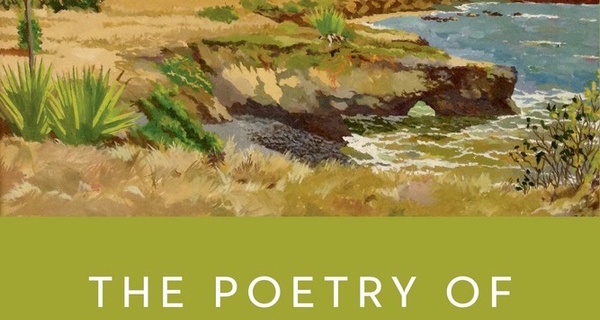

Lucia, the child of a civil servant and a schoolteacher and the descendant of two white grandfathers and two black grandmothers.

Walcott was born in 1930 on the island of St.

His writing explores the troubled relationship between this gift and a colonial heritage and the problems of a fragmented postcolonial identity. When the Swedish Academy awarded poet and playwright Derek Walcott the Nobel Prize in 1992, it recognized what many commentators on Caribbean literature had long celebrated, a brilliant artist’s response to the what the Academy called the “complexity of his own situation.” Walcott’s life and work inhabit a teeming intersection of cultural forces, a space that his friend and fellow-poet James Dickey described with a remarkable litany: “Here he is, a twentieth-century man, living in the West Indies and in Boston, poised between the blue sea and its real fish…and the rockets and warheads, between a lapsed colonial culture and the industrial North, between Africa and the West, between slavery and intellectualism, between the native Caribbean tongue and the English learned from books, between the black and white of his own body, between the sound of the home ocean and the lure of European culture (8).” (See also Mimicry, Ambivalence and Hybridity) These relationships have remained a major subject of his work because his imagination has never lost contact with his native West Indies, which animates his writing with its intense physical beauty. “A Far Cry from Africa” Introduction Image by Bert Nienhuis/CC Licensed The drunken officer of British rule, how chooseīetween this Africa and the British tongue I love?


 0 kommentar(er)
0 kommentar(er)
